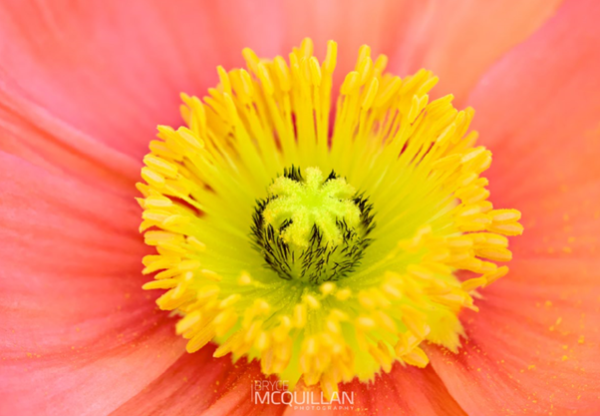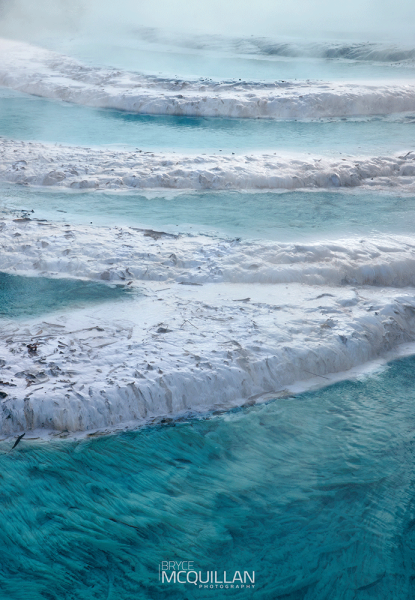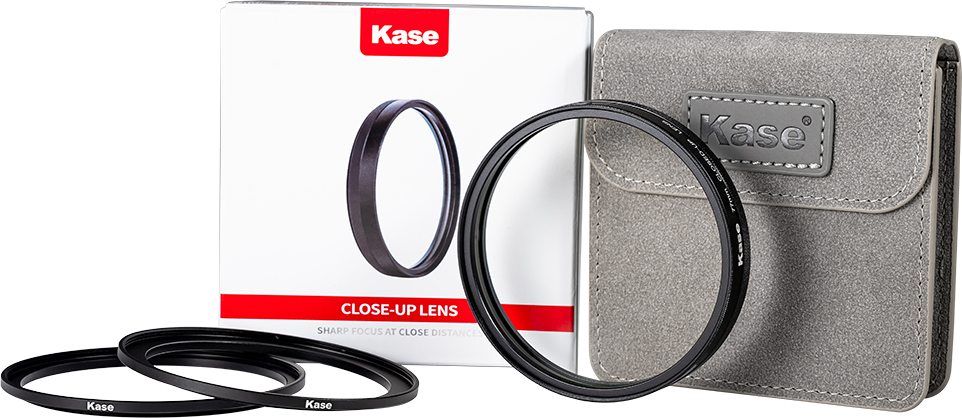
Kase Filters, a long-established brand in the filter industry, has recently gained significant attention for its exceptional optical quality filters and reflex lenses, which are known for their minimal to no colour cast or fringing. They have also revolutionised the market with their innovative “magnetic filters,” which allow photographers to quickly and easily attach various filters during photo shoots.
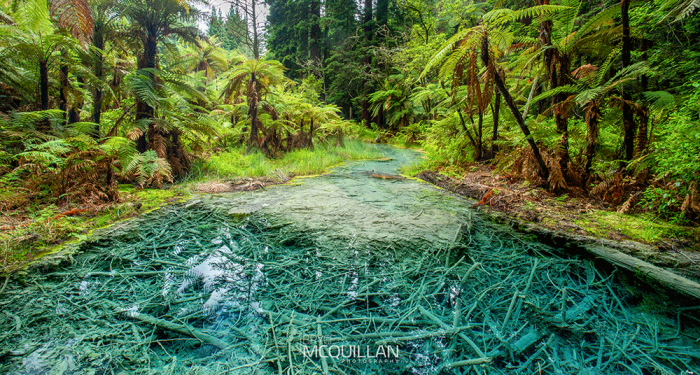
Landscape images photographed with Kase magnetic CPL filters.
I own a variety of Kase filters, primarily the CPL and ND filters. When I learned about Kase’s release of a close-up filter, I was eager to try it. Close-up filters are one of the range of methods that can be used to achieve higher-magnification photographs (other methods can include cropping, extension tubes, or dedicated macro lenses). I own several close-up filters from various brands, including Nisi, which I frequently use for quick magnification or during guided walks and workshops. I was particularly interested to see how Kase’s new close-up filter would compare to these other well-known brands.
It’s important to note that a close-up filter does not replace a macro lens. Instead, it enhances your normal lens, offering more opportunities when using a walk-around lens. You can walk around using a standard zoom lens but be able to quickly and easily screw on a close-up filter to double your magnification, then take the filter off and be back to your standard lens. This process is seamless, and using a close-up filter offers flexibility that no other lens can offer as a standalone lens.
The flexibility to switch from a wider flower image to a tighter close-up is incredibly convenient. With a telephoto lens like 100-400mm, when you have a Kase close-up filter on, and the lens is focused, you don’t need to move much to get a closer image. You can simply zoom in and out to change the magnification.
As a wildlife photographer specialising in New Zealand’s unique microflora and fauna, I frequently use close-up filters with various lenses. This enables me to photograph a wide range of subjects from different habitats and environments, revealing the stunning details and beauty of each of these special species.
New Zealand has around 35,000 species of fauna, with 30,000 being invertebrates. While I don’t always carry a macro lens, especially when searching for flowering epiphytes and birds, I often rely on my 100-400mm telephoto lens. This lens covers both subjects fairly well. However, having the ability to quickly screw on a close-up filter and achieve almost double the magnification can make the difference between getting the shot and missing it.
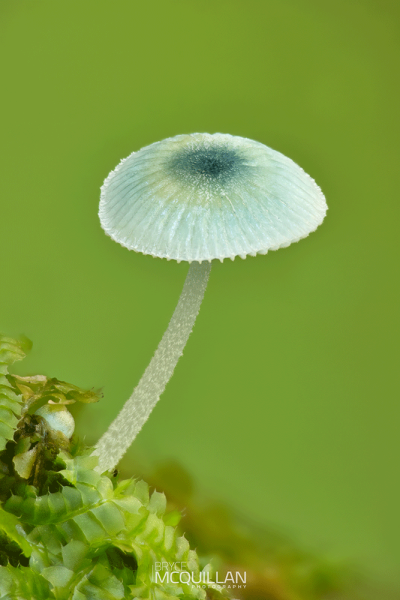
Fungi image - Photographed with a Canon R5, Canon EF 180mm f/3.5L Macro USM, with a 77mm close-up filter.
Focused stacked at F5.6
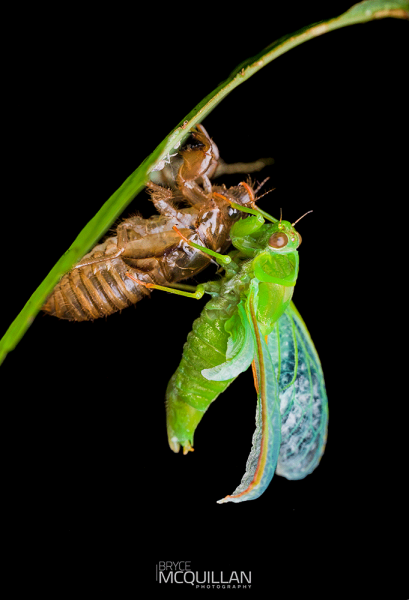
Cicada shedding at night - April Green Cicada (Kikihia ochrina) - Endemic to New Zealand - Photographed with a Canon R5, Canon RF100mm macro lens - focus stacked at F13, flash - Godox V1, with home made diffuser
The Kase filters are compatible with any lens with a filter size of 77mm or smaller, making them highly versatile and easy to use. The Kase filter kit includes two step-down rings (67-77mm and 72-77mm) that will fit most standard lenses. The step-up rings come in their own small pouch and a microfiber cleaning cloth.
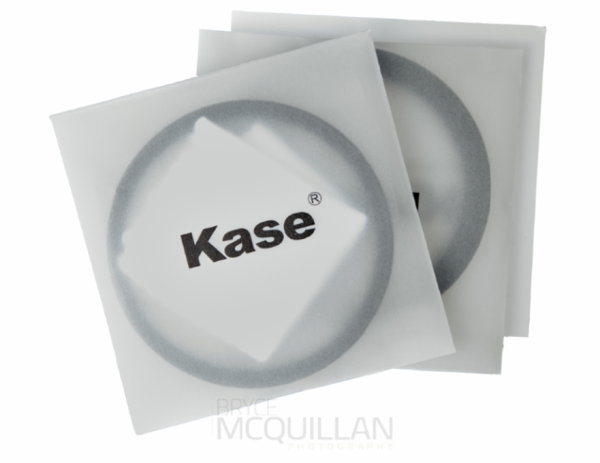
Image of step-up rings in a protective pouch with microfibre cloth
It’s important to note that the quality of the filter will reflect the quality of the lens you use it with. These filters are best utilised on higher-end lenses for optimal results.
The ability to screw the filter quickly onto the front of any camera lens with the correct diameter (77mm) as mentioned above, reduces the risk of dust entering the camera body during lens changes or when adding extension tubes, which can be crucial in certain situations.
It is important to note that a tripod is used when using a telephoto lens with a close-up filter. Handholding is heavy and tricky to get focus, as your depth of field is also very narrow. You may need to adjust your camera and tripod positions to achieve the desired focus when using the Kase close-up filter. I recommend putting the filter on the camera lens first (without a tripod), then moving back and forth until the subject is roughly focused. Once you’ve decided on a general focus point, then you might want to set up the camera on a tripod. This method is preferable to moving the tripod back and forth, which increases the likelihood of knocking your camera off or tipping your tripod over.
I would recommend using Kase close-up filter with a tripod and focus rail, as this allows you to slide your camera forward and back in a very controlled and gradual way. This setup can significantly enhance your ability to achieve precise focus, making your macro photography experience much smoother.

https://www.photowarehouse.co.nz/shop/shop-by-product/tripods-and-supports/tripod-parts-and-acc/xiletu-lcb-16m-portable-slider-for-macro-and-time-lapse
I also recommend a system like the XILETU Track Dolly Slider Quick Release Set. It allows you to move the camera forward or backward along the rail quickly and easily and move the rail itself forward and background on the tripod head. You can do this by either sliding the camera along the rail or adjusting the rail on the tripod. This rail is only compatible with an Arca-Swiss tripod head.

https://www.photowarehouse.co.nz/shop/shop-by-product/tripods-and-supports/tripod-parts-and-acc/xiletu-lcb-24b-track-dolly-slider-quick-release-set
During my personal testing with a wide variety of lenses, on three different camera bodies (Canon EOS 6D, Canon EOS R6 Mark II & Canon EOS R5,) I did not experience any difficulties with any of my lenses focusing while the Kase close-up filter was attached, even in poorly lit conditions, such as the Redwood Forest, in Rotorua. However, the performance will vary depending on the autofocus mode, camera, and lenses that are used. For the most consistent results, I recommend using manual focus, especially in macro/close-up situations where the depth of field is extremely narrow, even with smaller apertures such as F11 or F16.
All close-up filters can cause some minor image softening and may not perform as well in edge sharpness, as compared to dedicated macro lenses. They can also have an impact on the lens’s ability to autofocus quickly, so if your camera supports it, manual focusing with focus peaking is recommended for the best results.
When a close-up filter is used it will reduce the working distance needed to attain a focused image by almost half, depending on the lens. The Kase close-up filter is compatible with a wide range of focal length lenses. In my experience, it works well with 24mm (widest) to 400mm lenses. A greater increase in magnification will be achieved with a longer focal range lens such as 200-300mm.
The ability to easily switch the Kase close-up filter from a telephoto lens (such as a 70-200mm or 100-400 lens, which allows you to separate the subject from the background) to a wider zoom lens (such as a 24-105mm which allows you to give more context of the environment and background) is something that cannot be easily achieved with any other standalone lens or even with extension tubes. This is where close-up filters truly have an advantage and shine, filling this niche perfectly.
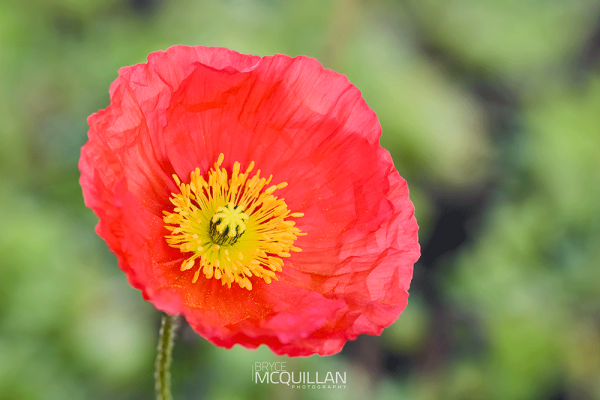
Poppy | Papaver rhoeas Canon EOS R6m2, Lens Canon EF 100-400mm f/4.5-5.6L IS II USM, /320 sec at f / 8.0, ISO 1000, Lens Focal Length 114 mm
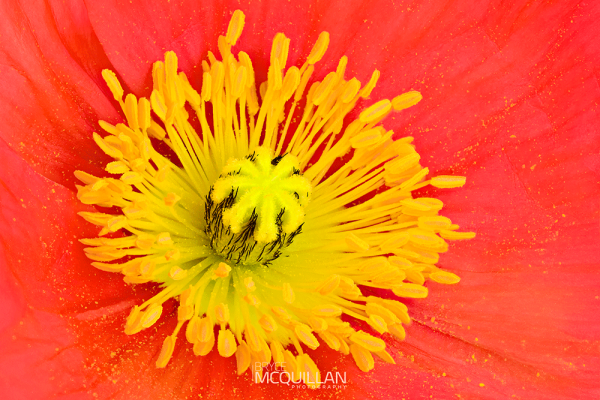
Poppy | Papaver rhoeas Canon EOS R6m2, Lens Canon EF 100-400mm f/4.5-5.6L IS II USM, 320 sec at f / 11.0, ISO 2500 – Focus stacked

24-105 -24mm with filter
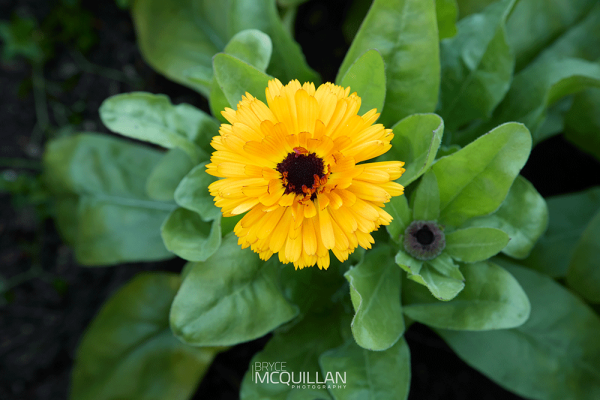
24-105 – 65mm with filter.
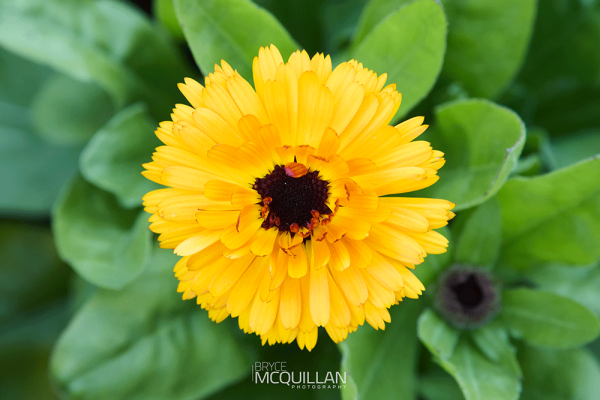
24-105mm- 105mm with filter
Kase close-up filter packaging weight and size
When I first took the Kase 77mm Close-Up filter out of its well-packaged protective case, I was impressed by the feel and quality. Like all of Kase’s protective cases, it is well-made and robust, with an easy-to-use magnetic lip that makes it super quick and easy to get your filter in and out. This is simply all photographers ask for in a protective case, but it’s not always the case with other brands.
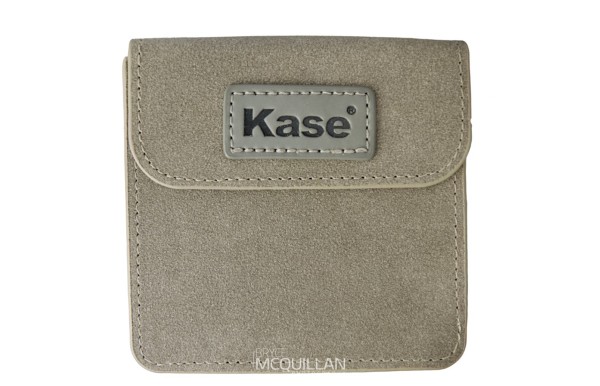
Protective filter pouch, which comes with the Kase Close-Up 77mm filter.
When I picked up the Kase close-up filter for the first time, I was surprised by its slim profile compared to other close-up filters that I have used. While it’s not featherweight it does have some heft, coming in at 146 grams. Which is fairly typical for any close-up filter. However, a heavy front element filter can make the camera front-heavy, risking tripod stability if the tripod isn’t sturdy. This is something to be mindful of, so having a well-balanced filter is certainly welcome in this case.
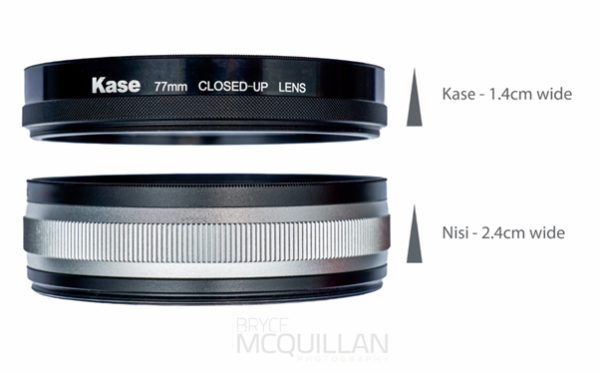
The Kase close-up filter weighs 146 grams and has a +2 diopter, while the Nisi 77mm close-up filter weighs 203 grams and has a +3 diopter. Therefore, the Nisi filter is 57 grams heavier than the Kase filter.
Comparing the Kase close-up filter to the Nisi close-up filter (which I believe is currently the best existing on the market) reveals that the Nisi 77mm close-up filter offers slightly better magnification at +3 diopters compared to the Kase’s +2 diopters. However, the Nisi significantly reduces the working distance, especially on telephoto lenses beyond 200mm. While both filters are best suited for telephoto lenses up to 200mm, the Kase performed exceptionally well even on a Canon EF 100-400mm f/4.5-5.6L IS II USM at 400mm. This performance opens up exciting opportunities for photographing challenging macro subjects like copper butterflies and dragonflies, which are extremely difficult to approach, and get photos of.
Using both Nisi 77mm and Kase 77mm close-up filters on a Canon RF 100mm f/2.8L Macro IS USM, the difference in magnification is minimal. The Kase outperforms in terms of autofocus, being able to autofocus at any magnification, whereas the Nisi struggles with focusing at longer distances. This is likely due to the Nisi being a larger filter overall. The Kase is more convenient, it allows you to attach it to a macro lens and adjust your distance without significant autofocus issues. I tested this on the Canon RF 100mm f/2.8L Macro IS USM, paired with an Canon EOS R6 Mark II and Canon EOS R5, both of which have exceptional autofocus capabilities. Results may vary with other brands and lenses, which sadly I am unable to test. Additionally, the Kase 77mm close-up filter provides a working distance that is comparable to the Canon EF 180mm macro lens, when the filter is used on telephoto lenses such as a Canon EF 100-400mm f/4.5-5.6L IS II USM, thus making it highly usable and effective as a telephoto macro lens.
The Kase 77mm Close-Up Filter provides excellent optical quality while avoiding the light loss commonly associated with extension tubes. Unlike extension tubes, which increase the distance between the lens and the sensor, and thereby reduce the amount of light that reaches the sensor; the Kase filter maintains full brightness. It has low chromatic aberration and distortion, resulting in beautifully sharp and detailed images. This makes it an excellent choice, particularly because of the ease of use. This is a filter that I would certainly highly suggest that every wildlife photographer keeps in their bag.

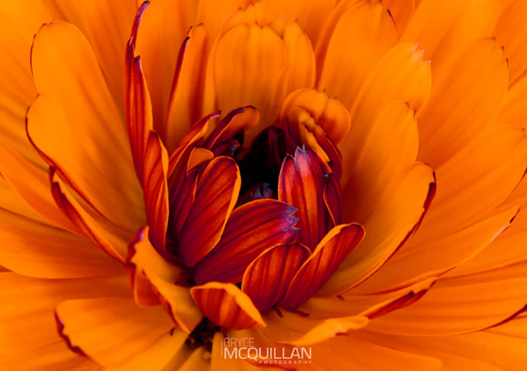
100% crop of the image above, to show how the Kase filter retains detail.
I often carry a close-up filter when out at night photographing invertebrates, as it can easily fit in my pocket and be accessed quickly. This convenience can make the difference between capturing an image of a small subject or missing the shot entirely. While I do carry a Canon MPE65mm lens, switching to it requires taking off my backpack and changing lenses, which can be time-consuming and fiddly. In contrast, screwing on a filter like the Kase close-up filter takes seconds and often provides the additional magnification I need. When using the Kase 77mm close-up filter with a +2 diopter on a 1:1 macro lens, the magnification increases to 1.5:1. This provides a significant boost in magnification without the need to change lenses, making it a convenient and efficient option. I typically use the Canon RF 100mm f/2.8L Macro IS USM, and attaching the Kase filter allows me to quickly enhance magnification beyond 2:1, as the Canon RF100 goes to 1.4:1 magnification.
When photographing invertebrates at night, I use a homemade diffuser. To achieve soft, diffused light, you need a large diffuser close to your subject. The ability to screw on the Kase close-up filter to increase my magnification without significantly impacting my working distance has been extremely beneficial for photographing subjects like orb-web spiders.
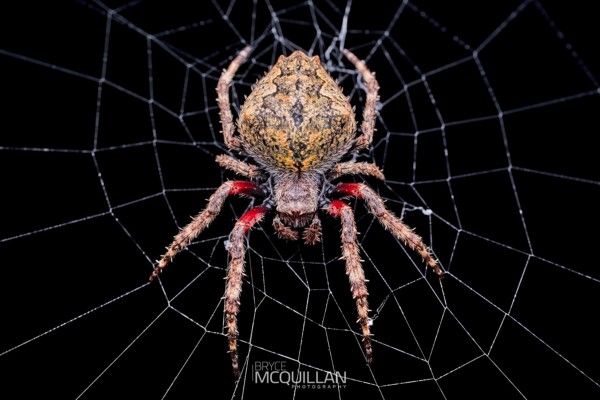
Socca pustulosa | Garden orb web spider - Photographed at night, with a Canon EOS R5, Canon RF100mm F2.8 L MACRO IS USM, Kase close-up filter 77mm, Godox V1 with homemade flash diffuser, F13, focused stacked from 3 images, 1/100 shutter, ISO 320.
More images below:



